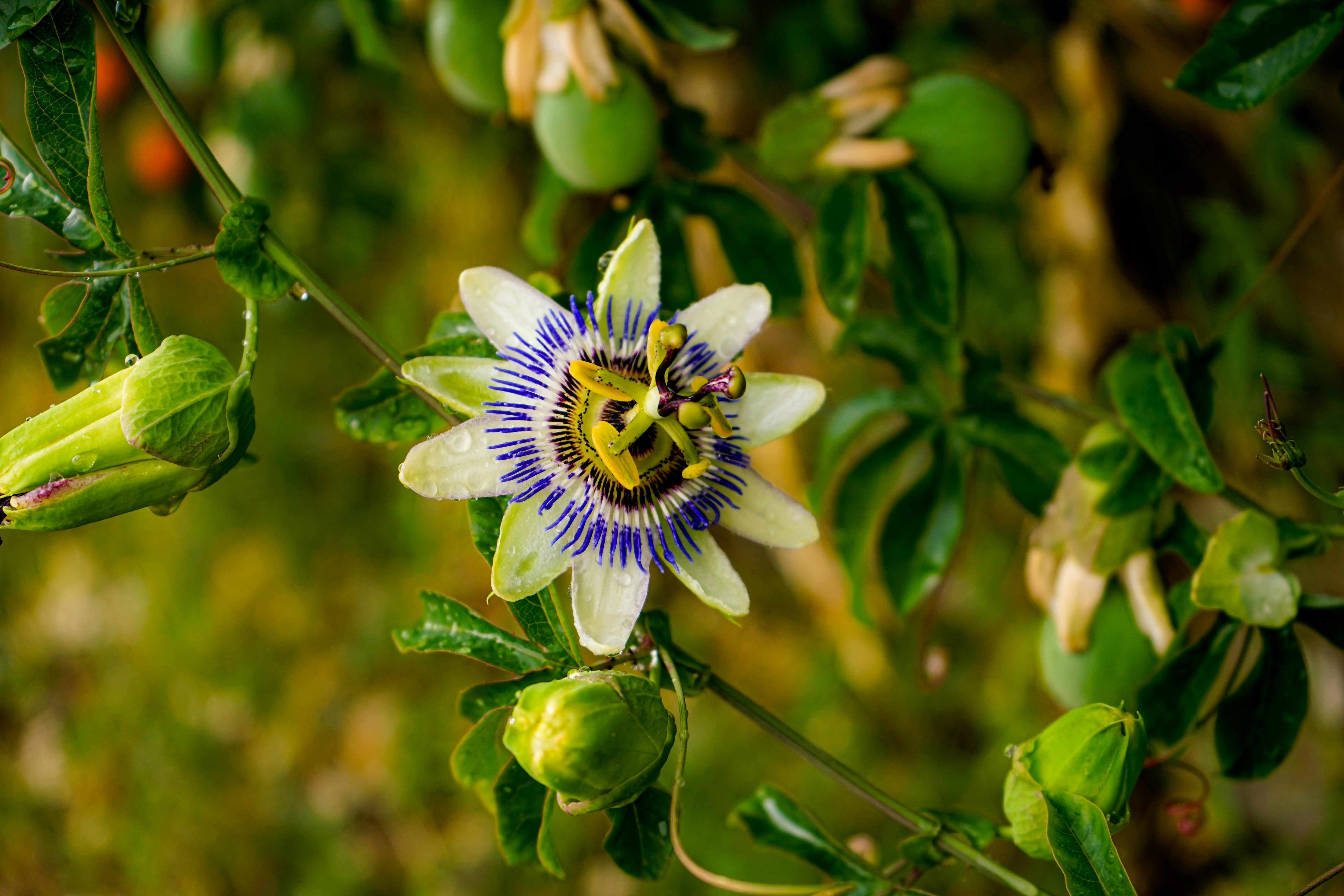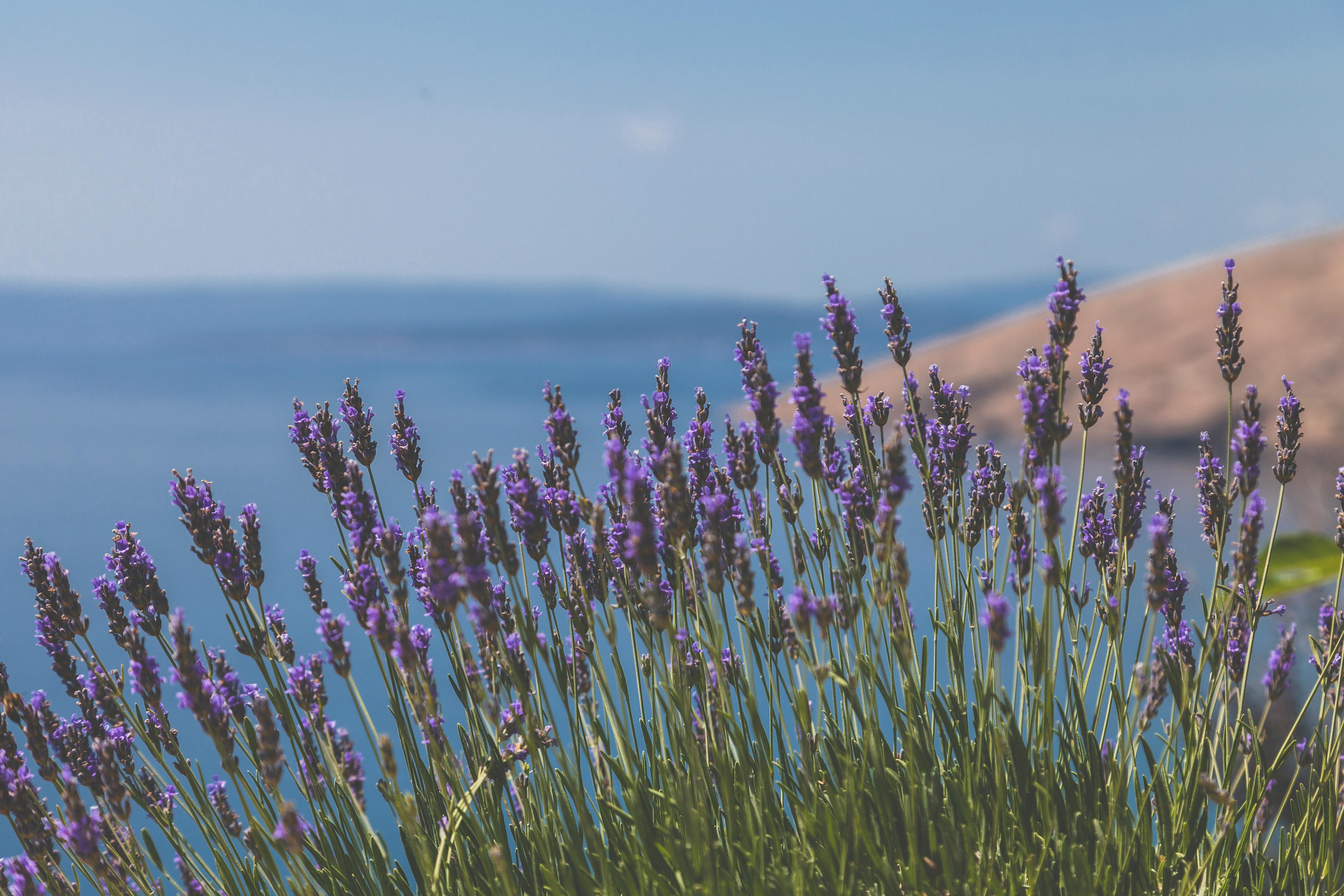While generally speaking, the fresher the herbs, the better the quality, there is one notable exception: Pu-erh tea.
Iu-erh improves with age, becoming more flavorful and medicinally potent over time. This aging process isn’t unique to Pu-erh—Traditional Chinese Medicine often encourages the aging of some herbs, believing that aging enhances their therapeutic properties. Other examples include citrus peel and Dang shen, which also undergo aging to boost their medicinal benefits. Pu-erh is sometimes even aged in citrus peel, adding a delicious twist to its unique character. I’ve always believed in the value of “happy mistakes,” or how even unexpected outcomes can lead to something special. The fascinating story of Pu-erh is a perfect example of this. Let’s dive in!
Pu-Erh Origins
It all began in Yunnan's mountainous, biodiverse province in southwestern China. This region is home to the large-leafed Camellia sinensis species known as the Dayeh tree, the source of Pu-erh tea. Remarkably, these trees are said to live for up to 1,000 years! While Pu-erh tea dates back thousands of years to the Han Dynasty (around 25-220 CE), it was initially prized for its longevity. However, its value emerged during the Tang Dynasty when Pu-erh was recognized as a perfect trading commodity. The tea’s ability to last longer than other varieties made it ideal for long-distance trade, so it was pressed into dense bricks, making transportation easier along the Ancient Tea Horse Road. These trade routes, which could take months or even years to complete, would lead to an unexpected discovery.
Over time, tea bricks exposed to different climates and fermented through contact with microbes began to undergo a natural transformation. The leaves, initially green, slowly oxidized and fermented as they traveled, changing from green to black tea and developing a richer, smoother flavor in the process. This was the “happy mistake” I mentioned earlier. Rather than spoiled tea leaves, traders discovered that the aging process made the tea even more sought after. It became particularly popular during the Qing Dynasty, and by the early 2000s, Pu-erh tea’s appeal had boomed in the West. The name pu-erh comes from a town in Yunnan where tea wasn’t cultivated, but it was a popular trade post for tea.
It’s important to note that, as the tea ages, its value increases, with older Pu-erh becoming more expensive and highly prized. This demand shifted from traditional aging methods to a more modern process known as “ripe Pu-erh, " designed to speed up fermentation. Despite this shift, conventional and contemporary techniques are still used today. Let’s look at how each process works and their differences.
The Process To Become Pu-Erh
There are two primary types of Pu-erh tea: Raw (Sheng) Pu-erh and Ripe (Shou) Pu-erh. Both types go through the same initial process to become mao cha—the rough, unprocessed tea leaves—before they undergo further steps to develop into their respective forms. The main difference between the two lies in the fermentation process, which ultimately defines each tea’s characteristics.
The process of making mao cha begins with the harvesting of fresh tea leaves. The quality of these leaves is crucial, as it determines the overall quality of the final tea. After harvesting, the leaves are quickly taken to wither and dry. Next, “killing the green” is used, where the leaves are dry-roasted (similar to coffee roasting) to deactivate enzymes and prevent oxidation. The leaves are then bruised and rolled to help remove excess moisture, and finally, they are laid out to sun-dry, completing the mao cha process.
For Raw (Sheng) Pu-erh, the mao cha is pressed into bricks or cakes and placed in a climate-controlled environment to undergo slow, natural fermentation over time. This aging process can take 5 to 10 years, but higher-quality Pu-erh benefits from aging for 20 to 30 years. Over time, the tea naturally ferments and develops its unique flavor profile, becoming richer and smoother.
In contrast, Ripe (Shou) Pu-erh undergoes a faster, manual fermentation process known as wet-piling or wo-dui, which typically takes 2 to 7 weeks (depending on the tea master). This method is designed to replicate the woody, smooth flavor of aged raw Pu-erh but in a fraction of the time. While this process is faster, it still produces a tea that mimics the depth and complexity of long-aged Pu-erh. This tea is regarded for its unique flavor and medicinal benefits, which we will explore next.
Medicinal Benefits Of Pu-Erh
The medicinal benefits of Pu-erh tea have been recognized for thousands of years, with the first documented mention dating back over 2,000 years in the Shennong Ben Cao Jing, the foundational Chinese materia medica. In this ancient text, Pu-erh was noted for its ability to cool internal heat, expel wind and evil, and aid in dampness or excess fluid in the body—attributes still in traditional uses today. It’s always fascinating when modern science validates what people have known intuitively about plants for millennia, and even more exciting when there are aspects of plant medicine that science can’t yet fully explain. Nonetheless, the therapeutic properties of Pu-erh continue to be well-respected in both traditional and contemporary wellness circles.
As mentioned earlier, the quality of the tea leaves plays a significant role in the health benefits of Pu-erh, but so does the tree's age. Older trees have higher levels of amino acids, fatty acids, and minerals. These compounds contribute to the tea’s potent medicinal effects. The environment where these trees are grown also plays a key role in the tea’s quality. This is why organically grown Pu-erh, which avoids pesticides and artificial fertilizers, is always the best choice for ensuring the highest medicinal value.
In traditional Chinese medicine (TCM), pu-erh is considered a cooling herb, ideal for treating yin deficiency and addressing conditions associated with dampness or excess fluid in the body. It is believed to clear heat and toxicity by promoting the proper function of elimination channels, such as the liver and kidneys. This makes Pu-erh particularly effective in supporting the digestive system and aiding in metabolic disorders. One of its most notable medicinal actions is its ability to support gut health and weight management.
Pu-erh is rich in antioxidant phenols, potent compounds supporting the body’s fight against inflammation. These antioxidants are vital in reducing chronic inflammation, which can contribute to various conditions such as Alzheimer’s and high blood pressure. One unique antioxidant found specifically in Pu-erh is theabrownin, a complex polyphenol formed during the oxidation process of the tea. Brownin has been shown to positively influence metabolic parameters, improve cholesterol levels, enhance lipid metabolism, promote fatty acid oxidation, improve blood lipids, and reduce cardiovascular disease risk. This is why Pu-erh is often associated with weight management and cholesterol control.
Additionally, the process by which Pu-erh is made (particularly the fermentation stage) introduces beneficial bacteria to the gut, helping to rebalance the gut microbiome and combat gut dysbiosis. This significantly benefits gastritis and overall digestive health by improving gut lining integrity and promoting better digestion.
Lastly, Pu-erh contains caffeine and L-theanine, creating a synergistic effect that promotes natural energy levels without the jitters commonly associated with caffeine. This combination enhances mental clarity and focus, making it an excellent choice for improving alertness while maintaining a sense of calm.













Leave a comment